Films with theme "Documentary films about historical events", sorted by revenue
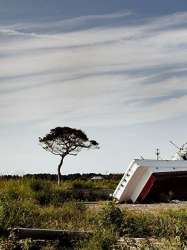
Genres Documentary
Themes Environmental films, Seafaring films, Transport films, Documentary films about environmental issues, Documentary films about historical events, Documentary films about nuclear technology, Documentary films about technology, Disaster films, Films about earthquakes
Surviving the Tsunami brings together social, environmental, and personal perspectives of the national catastrophe of the Fukushima nuclear meltdown. In the documentary, Kyoko Miyake travels back to her hometown in Namie, Fukushima, to revisit her old life and assess the trauma still lingering from the disaster. She revisits Namie, her mother's hometown and meets the people who depended on the success of the nuclear plant for their livelihood. The film also follows Bunsei Watanabe and Kyoko Miyake's Aunt Kuniko, two people who hope for the rejuvenation of Namie, despite the disaster that has occurred. Despite having lost family, friends, and jobs due to the meltdown and subsequent fear of the contamination zone, these two individuals are determined to rebuild their towns and neighborhoods and bring back the sense of community they once had. The film follows the residents of Namie, with emphasis on the experiences of Aunt Kuniko, as they come to terms with the reality of living in or near the "radiation zone" left in the wake the plant's nuclear meltdown. Surviving the Tsunami offers a different perspective on Japanese culture, national identity, human adaption, and global nuclear energy and proliferation.
 , 13minutes
, 13minutesDirected by Ken G. Hall
Themes Documentary films about war, Documentary films about historical events, Political films, Documentary films about World War II
A Padre visits the Davidson Family to console the mother and wife of an Australian soldier killed at the front.

Directed by Ken G. Hall
Themes Documentary films about war, Documentary films about historical events, Political films, Documentary films about World War II
A father mourns the loss of his fighter pilot son, who crashes in New Guinea during WWII and survives, then sacrifices his life to save other Australian soldiers from a Japanese ambush.

Directed by Ken G. Hall
Themes Documentary films about war, Documentary films about historical events, Political films, Documentary films about World War II
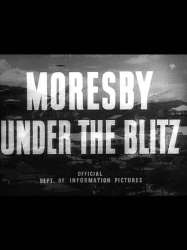
Moresby Under the Blitz (1942)
, 10minutesDirected by Ken G. Hall
Genres Documentary
Themes Documentary films about war, Documentary films about historical events, Political films, Documentary films about World War II

Heroes All (1920)
Origin USA
Genres War, Documentary
Themes Documentary films about war, Documentary films about historical events, Documentary films about health care, Political films

Dover (1942)
Origin United-kingdom
Genres Documentary
Themes Transport films, Aviation films, Documentary films about war, Documentary films about historical events, Documentary films about technology, Political films, Documentary films about World War II
Actors Edward R. Murrow
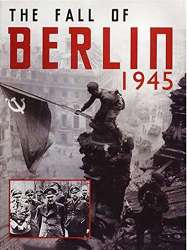
The Fall of Berlin (1945)
Directed by Youli Raizman
Genres War, Documentary
Themes Documentary films about war, Documentary films about historical events, Documentary films about cities, Political films, Documentary films about World War II
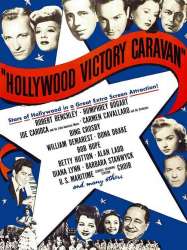
Hollywood Victory Caravan (1945)
, 19minutesDirected by William D. Russell
Origin USA
Genres Comedy, Musical
Themes Documentary films about war, Documentary films about historical events, Political films, Documentary films about World War II
Actors Robert Benchley, Humphrey Bogart, Bing Crosby, Bob Hope, Betty Hutton, Alan Ladd

Origin USA
Themes Documentary films about war, Documentary films about historical events, Political films, Documentary films about World War II

Face to Face with Communism (1950)
, 26minutesOrigin USA
Themes Documentary films about war, Documentary films about historical events, Political films
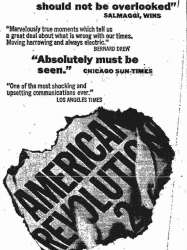
American Revolution 2 (1969)
Origin USA
Genres Documentary
Themes Documentary films about historical events, Documentary films about politics, Political films
American Revolution 2 commence par des images des manifestations politiques à la Convention démocratique de 1968 et de la réaction énergique du service de police de Chicago et de la Garde nationale. Enquêtant sur l'absence de présence afro-américaine lors des manifestations, les cinéastes suivent les membres de la section de Chicago du Black Panther Party alors qu'ils recherchent un terrain d'entente avec une variété de groupes militants blancs. Dans une scène, Panther Bobby Lee et des membres des Young Patriots, une communauté de militants blancs des Appalaches vivant dans le quartier Uptown de Chicago, s'organisent pour protester contre la brutalité policière. Les groupes apparemment disparates trouvent des objectifs sociaux et politiques communs qui surmontent les différences raciales - violence policière, pauvreté, manque d'emploi et mauvaises conditions de vie. Ce potentiel pour un mouvement politique inter-racial et interethnique est le rêve beau mais non réalisé du film.

Origin USA
Genres Documentary
Themes Documentary films about historical events, Documentary films about politics, Documentary films about cities, Political films

For Florence (1966)
, 50minutesDirected by Franco Zeffirelli
Genres Documentary
Themes Documentary films about historical events, Disaster films
Actors Richard Burton
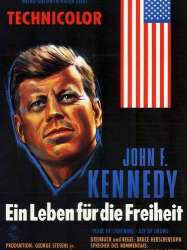 , 1h30
, 1h30Origin USA
Genres Documentary
Themes Films about families, Documentary films about historical events, Documentary films about politics, Political films
Actors Maximilian Schell, Gregory Peck
 Connection
Connection